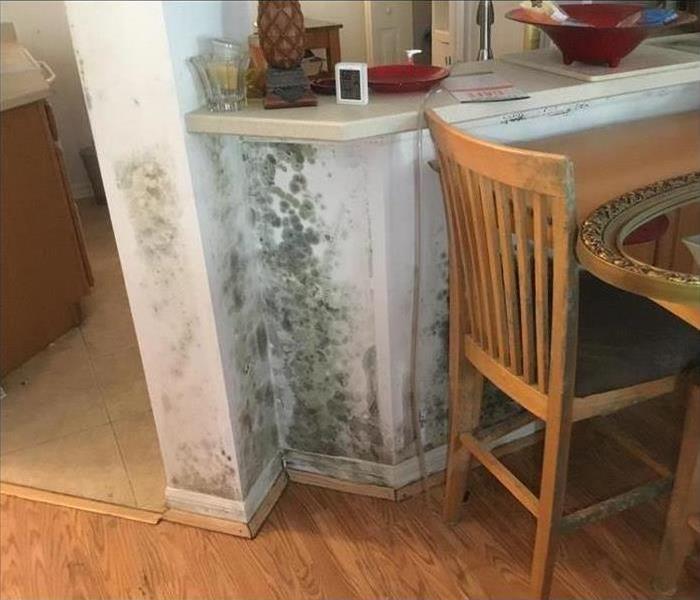A Mildew Primer
9/11/2018 (Permalink)
It is quite common to refer to a mold infestation as “mildew.” The characteristic odor of mold is often thought of as a “mildewy smell.” The fact is that mildew is a very specific subcategory of mold that only afflicts plants. It is either white or gray in color and has either a powdery or a downy appearance. Plant mildew is almost always confined to the leaves, buds or fruit of a plant — it is rarely found on bark or woody stems.
How To Get Rid of Mildew
Mildew is more likely to appear on plants growing in wet or consistently humid climates. If you discover mildew growth on your plants in Kissimmee, FL, there are some simple steps you can take to get rid of it:
- If the afflicted plant is indoors, move it outside.
- Wash it with a plain water spray to remove the heavy plant mildew growth.
- Prune away the affected sections. This will also increase air circulation around the plant and help to keep it dry.
- Spray the plant with a mildewcide such as neem oil or baking soda and detergent.
How To Prevent Mildew
To be certain that the plant mildew you have found is not part of a larger household problem, it is advisable to call a mold professional to assess the situation in and around your house. To keep your plants healthy and prevent further mildew growth, you should water plants from below to prevent wetting the leaves. This keeps the moisture at the roots, where it is most needed. When possible, keep plants in the sun and keep weeds and plant debris away from them. Disinfect all garden tools and make sure the soil is well fertilized.
Remember: mildew is a subcategory of mold that only affects plants — hence the term “plant mildew.” Fortunately, it is relatively easy to treat and to prevent.




 24/7 Emergency Service
24/7 Emergency Service
